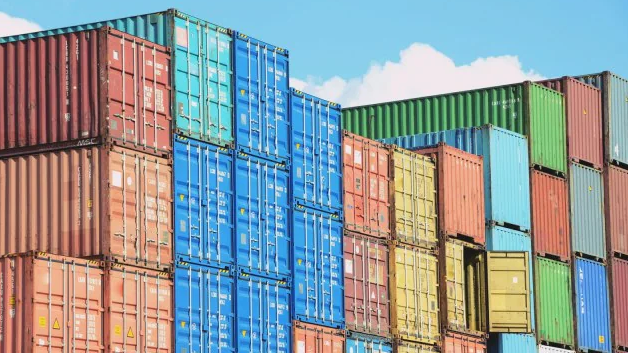Understanding the Impact of Tariff Hikes and the Red Sea Crisis on Container Shortages for Indian Exporters

In a recent review meeting held by the Commerce Ministry, Indian exporters voiced concerns over a sudden scarcity of containers, highlighting a persistent issue exacerbated by global events since the COVID-19 pandemic.
The escalation of tariffs by the European Union on Chinese Electric Vehicles (EVs), set at 37.6%, and impending US tariffs scheduled to take effect shortly thereafter, have triggered an unprecedented shortage of containers. This shortage is not only affecting Indian exporters but is also a global concern affecting traders worldwide.
Container Shortages Amid Trade and Geopolitical Tensions
The demand for containers has surged due to heightened export activities from China, driven by the urgency to ship goods before the substantial US tariffs on EVs (up to 100%) and semiconductors (up to 50%) come into force on August 1. This surge in demand has left Indian exporters with fewer containers available for their own shipments, compounded by ongoing container shortages stemming from the Red Sea crisis.
Impact of the Red Sea Crisis
The Red Sea shipping route remains disrupted due to ongoing conflicts, significantly reducing traffic and causing delays. Recent reports indicate a 90% decrease in traffic through this vital maritime route compared to previous years, further exacerbating global container shortages. Port congestion has also reached an 18-month high, primarily in Asian ports, due to increased shipping traffic rerouted around the Red Sea.
Challenges and Dependence on Chinese Containers
While tariff hikes between major trading partners like the US and China have been commonplace, the current container shortage is unprecedented. This shortage underscores India’s heavy reliance on China for container manufacturing, as China produces 95% of the world’s containers. Despite efforts to diversify container production domestically, progress has been slow, with logistical and supply chain challenges hindering efforts to scale up production.
Efforts Towards Domestic Container Production
Efforts to bolster domestic container production have been underway since the onset of the COVID-19 pandemic. Initiatives by entities like the Container Corporation of India (CONCOR) to manufacture containers locally have faced challenges in supply chain logistics and production capacities. Despite initial efforts to order 19,000 containers from indigenous manufacturers, only a fraction have been delivered as of the latest reports.
Conclusion
The current container shortage affecting Indian exporters is a multifaceted issue exacerbated by tariff escalations and geopolitical tensions. Addressing this challenge requires not only immediate measures to mitigate the current shortage but also long-term strategies to enhance India’s container manufacturing capabilities. As global trade dynamics continue to evolve, diversifying supply chains and reducing dependence on single-source suppliers will be critical for safeguarding India’s export interests in the future.


